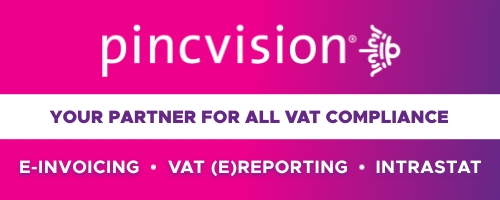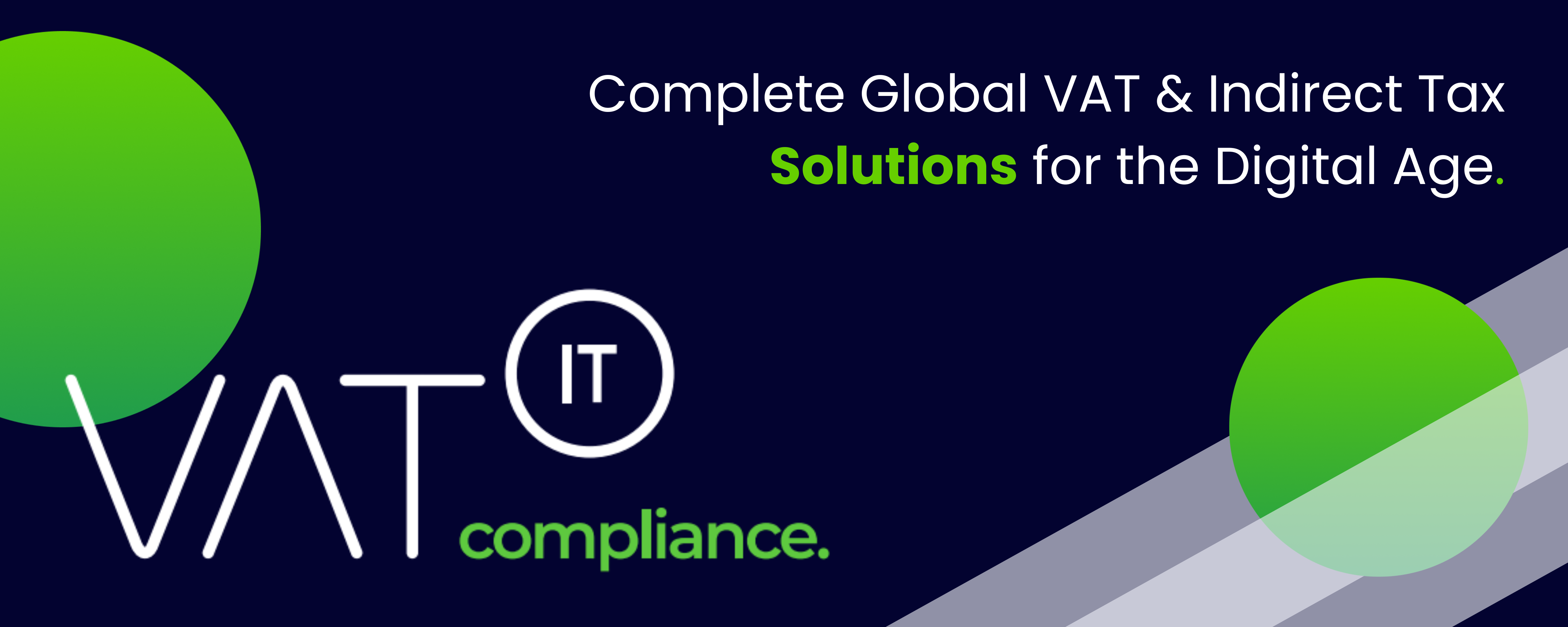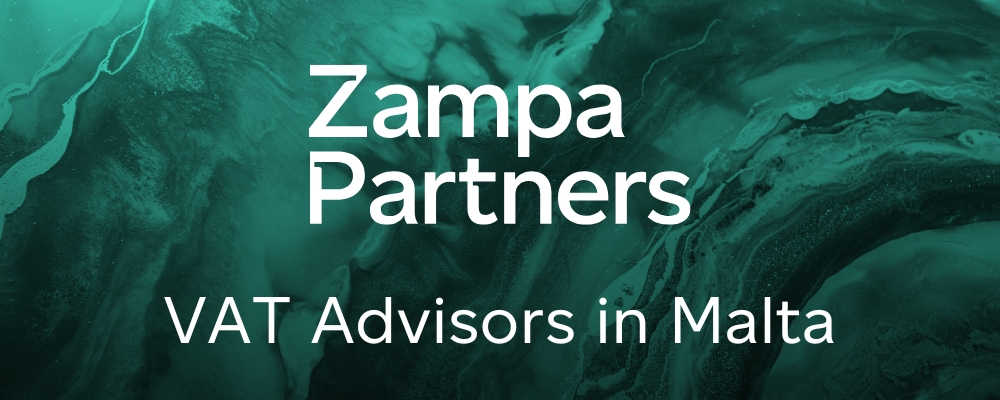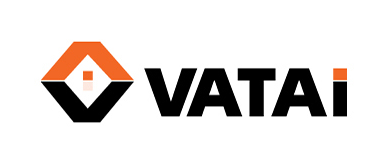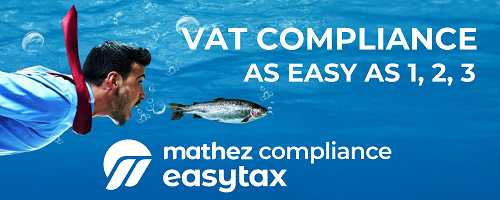European Parliament resolution of 16 February 2022 on the implementation of the Sixth VAT Directive: what is the missing part to reduce the EU VAT gap?
Highlights
- Calls for closing the VAT GAP, improve public finances after COVID-19 pandemic and increase EU own resources
- Calls on the Member States to improve administrative cooperation and enhance the performance of national tax authorities
- Flexibity on determining VAT rates for social and environmental purposes at the same time suggesting to limit exemptions and reduced VAT rates
- Need to explore a standardized introduction of E-Invoicing
- Need to move to a definitive VAT system based on the principle of taxation in the country of destination
- Supports the idea of expanding the scope of the VAT One-Stop Shop
- Proposes concrete legislative proposals on the verification of cross-border transactions
- Recalls the importance of guaranteeing the full transposition and proper implementation of the VAT e-commerce package
- Notes the Commission’s intention to change the nature of its VAT Committee and its objectives regarding a future comitology committee
Conclusion
34. Recalls that VAT revenue is one of the chief sources of public revenue, accounting for some 21 % of total tax revenue in the EU on average; notes that the VAT gap stands at 10 % on average, and that VAT also constitutes an own resource for the EU budget; stresses that any reduction in the VAT base may lead to less revenue for public finances; calls on national tax authorities to take initiatives to reduce the VAT gap in order to improve public finances, especially in the light of the economic downturn caused by the COVID-19 pandemic, and increase EU own resources;
35. Welcomes, in this regard, the fact that significant progress has been achieved on cooperation between the tax authorities of the Member States over the last decade; supports further discussions among Member States in order to strengthen administrative cooperation;
36. Endorses the findings of the DIW Econ study, which stresses that on average the standard rate was applied to 71 % of the total tax base in the Member States in 2019; points out that compliance costs of diversified VAT systems can be significantly reduced by continuing digitalisation of businesses and public administrations; points out that the costs of diversified VAT systems on businesses, particularly SMEs, the distortions they may cause in the internal market and trade, and their impact on governments in terms of loss of revenue need to be carefully assessed in order to achieve a cohesive, fair and efficient VAT system in the EU; notes that reduced rates on necessities (e.g. food) tend to make VAT more progressive and that low-income households do benefit from reduced VAT rates even if they are less efficient means of achieving revenue distribution or environmental objectives;
37. Notes that the difficulties in reducing the VAT gap between Member States are caused by a combination of factors, such as the need to maintain a number of VAT exemptions for certain goods and services and the willingness of Member States to maintain reduced rates of at least 5 %; acknowledges that Member States need to retain the flexibility to set their own VAT rates given the importance of this tax as a budgetary instrument;
38. Calls for a simplified and modernised VAT system with limits on exemptions and non-standard rates to be introduced with a view to promoting fair and efficient business competitiveness within the internal market, reducing compliance costs and improving voluntary compliance; notes that such a simplified VAT system would still benefit from a One-Stop Shop in order to reduce compliance costs for EU companies and boost intra-EU trade; takes note of the proposal by the former Portuguese Council presidency and the current Slovenian Council presidency to phase out all zero VAT rates and reduced rates on environmentally harmful goods and services at Member-State level, such as fossil fuels, chemical pesticides and chemical fertilisers; calls for the implementation of social measures for low-income households to be studied in order to compensate for the decrease in disposable income arising from higher VAT rates for polluting goods and services; urges the Member States to quickly adopt the proposal for a revised directive on VAT rates(32);
39. Stresses that the VAT gap is chiefly attributable to a combination of factors in each Member State, such as legislative loopholes, a lack of resources and digital efficiency in tax administrations, the ineffectiveness of enforcement and control measures, particularly those against tax evasion and avoidance, and aggressive tax planning; calls, in this regard, on the Member States to improve administrative cooperation and enhance the performance of national tax authorities; welcomes the Transaction Network Analysis tool and supports the establishment of enhanced cooperation between Eurofisc members in order to rapidly detect carousel-type fraud; calls on the Conference on the Future of Europe to address this issue in the context of the protection of the EU’s financial interests;
40. Considers it necessary to explore a more harmonised introduction of electronic invoicing in all Member States, beyond its current mandatory use in public procurement across the EU, given that it has proved to be an effective tool for combating fraud and evasion in the countries where it also has been introduced for other types of transactions, and has also led to greater simplification and reduced compliance costs;
41. Recalls the importance of the independence and non-partisan character of the European Tax Observatory, which was created on the initiative of Parliament; stresses that the Fiscalis 2021-2027 programme is an essential tool to ensure rapid and constructive cooperation between tax authorities;
42. Recalls that the effectiveness of reduced rates as a policy tool must always be assessed in the specific context of other existing policy tools; adds that reduced rates are often complementary to existing social and environmental policy tools, and that direct tax incentives are instruments that better target low-income households – e.g. a tax-free threshold and progressive tax rates – and are generally less costly, provided that other conditions are fulfilled;
43. Stresses the need to move to a definitive VAT system based on the principle of taxation in the country of destination; urges the Council to adopt, as soon as possible, the proposal for a directive of 25 May 2018 (COM(2018)0329) given the extent of the loss of national and EU budgetary resources under the current regime; highlights, in this regard, the main principles of the prospective definitive VAT system for cross-border taxation of intra-EU goods at the destination and charging and collecting VAT in the Member State of destination by the supplier;
44. Calls on the Commission to follow up on this report with concrete legislative proposals, addressing the specific topics referred to above; calls on the Council to value dialogue and cooperation with Parliament on pursuing a proper reform of the VAT system, bearing these proposals in mind, as well as the fundamental need to guarantee the democratic character of the changes on the EU’s taxation policy;
45. Supports the Court of Auditors’s proposal(33) to consider establishing a mechanism revising the multiannual weighted average rate during the period covered by the multiannual financial framework in order to avoid distortions in the level of contributions based on VAT during this period if a Member State decides to change its VAT policy;
46. Notes that the VAT Directive is subject to unanimous approval in the Council in accordance with Article 113 TFEU;
47. Recalls the merits of the taxpayer identification number as a useful instrument to guarantee compliance with and respect for tax obligations; calls on the Commission and the Member States to explore all the possibilities of the taxpayer identification number as a mechanism to safeguard high efficiency standards for reporting;
48. Supports the idea of expanding the scope of the VAT One-Stop Shop, which has been in place since 2015, to the declaration and payment of VAT; underlines the need to specifically target the adaptation of the One-Stop Shop at the expanding e-commerce market;
49. Calls on the Commission to assess the current framework and propose concrete legislative proposals on the verification of cross-border transactions, which must be reinforced to secure VAT; underlines, in this regard, the need to specifically address the opportunities that come from the use of new digital technologies, with high standards of data protection and privacy as corollaries of taxpayer rights;
50. Recalls the importance of guaranteeing the full transposition and proper implementation of the VAT e-commerce package; calls on the Commission to evaluate the state of play in this regard and present concrete proposals to adapt the rules, where needed, taking the exponential growth of e-commerce into consideration; notes that there is a considerable VAT collection gap in the e-commerce sector; invites the Commission to study the conclusions of the European Court of Auditors’ special report on the matter, in order to close the collection gap;
51. Recalls the importance of closer dialogue with international partners, mainly the most relevant trade partners, regarding VAT; considers that this cooperation should start with and be based on the principle of administrative cooperation, in order to guarantee an effective logic of exchange of information that can enhance the combat against schemes leading to fraud or evasion;
52. Notes the Commission’s intention to change the nature of its VAT Committee and its objectives regarding a future comitology committee; underlines the need to count on Parliament’s position on this matter; recalls the need to guarantee full respect for the EU institutional framework on taxation and the distribution of competences regarding indirect taxation;
Source europarl.europa.eu



